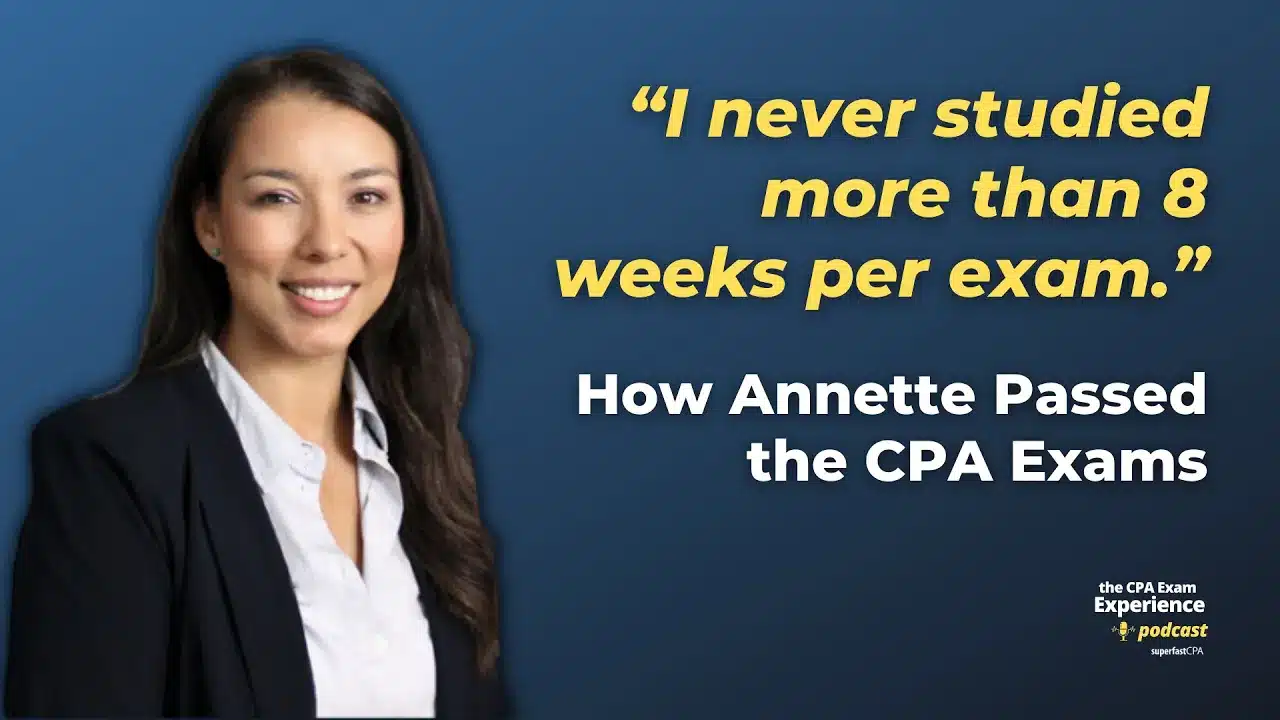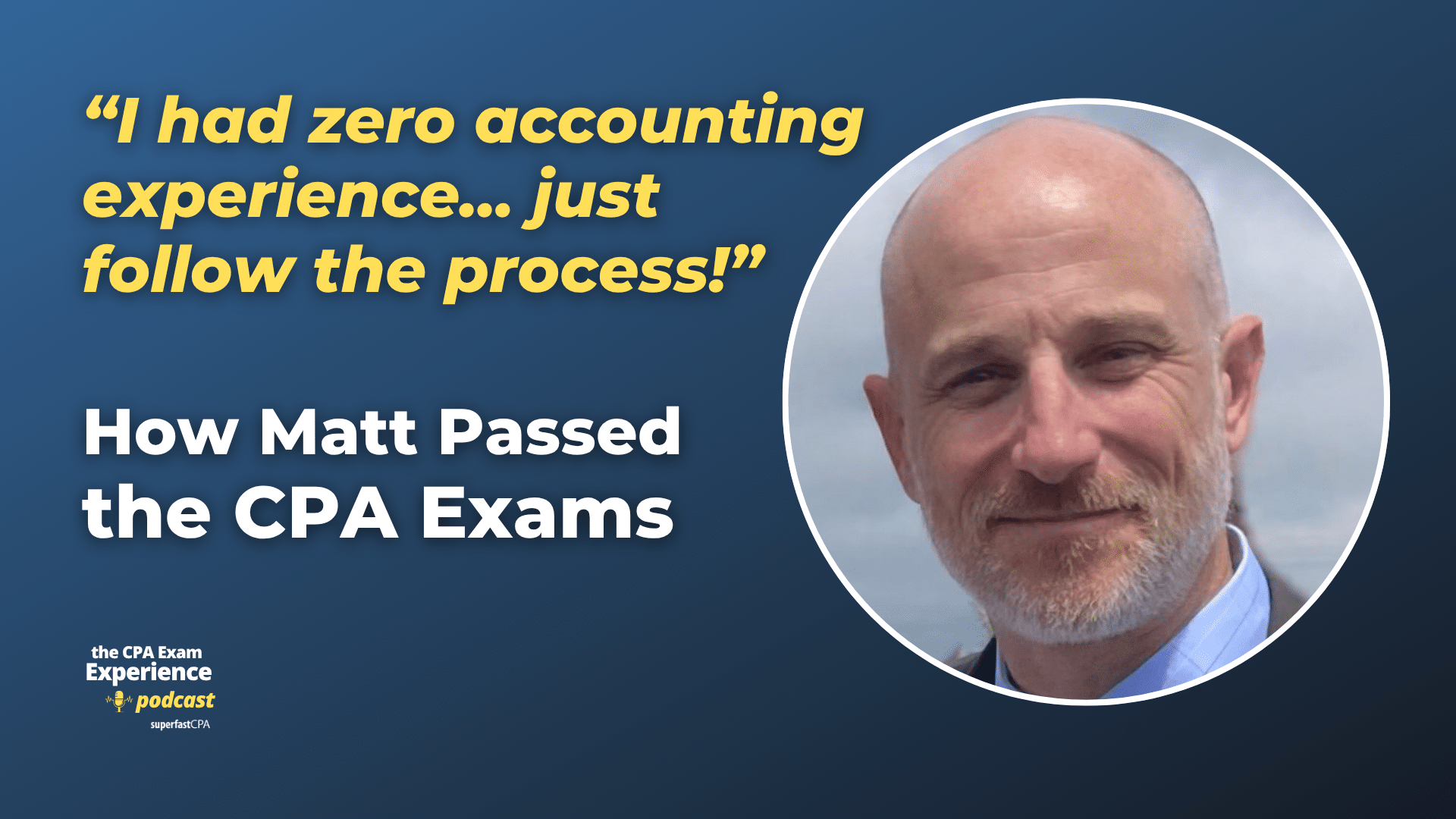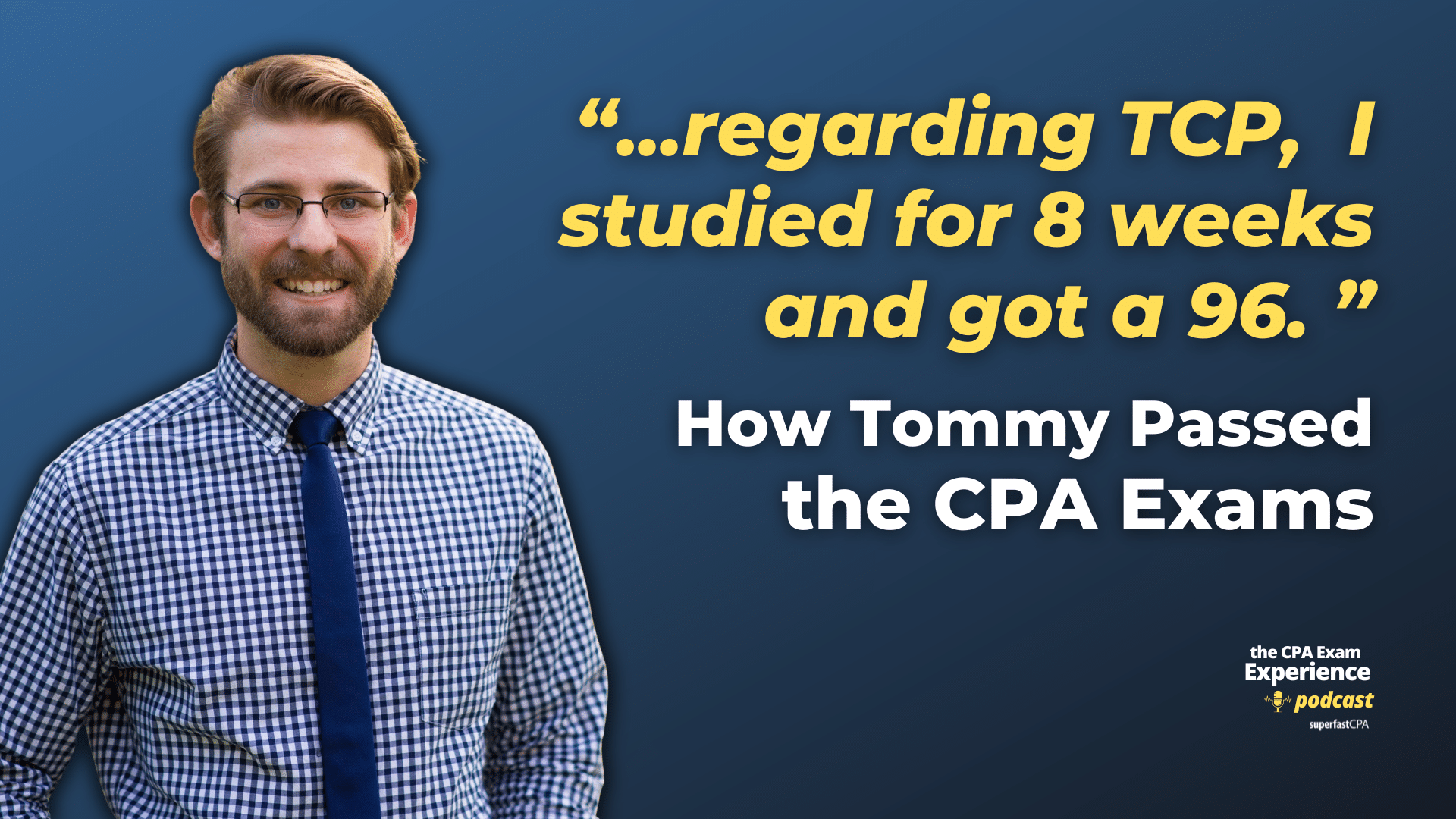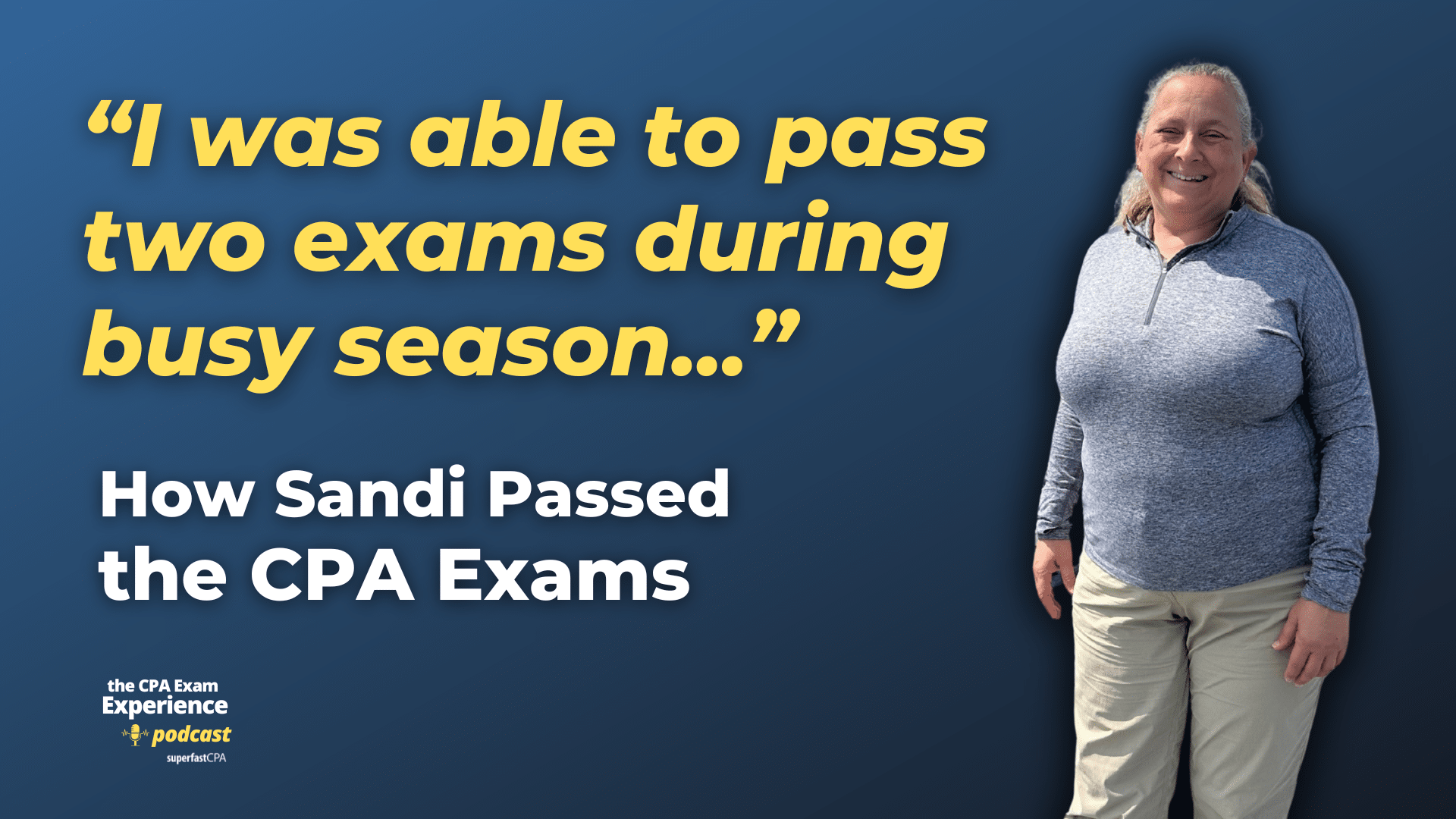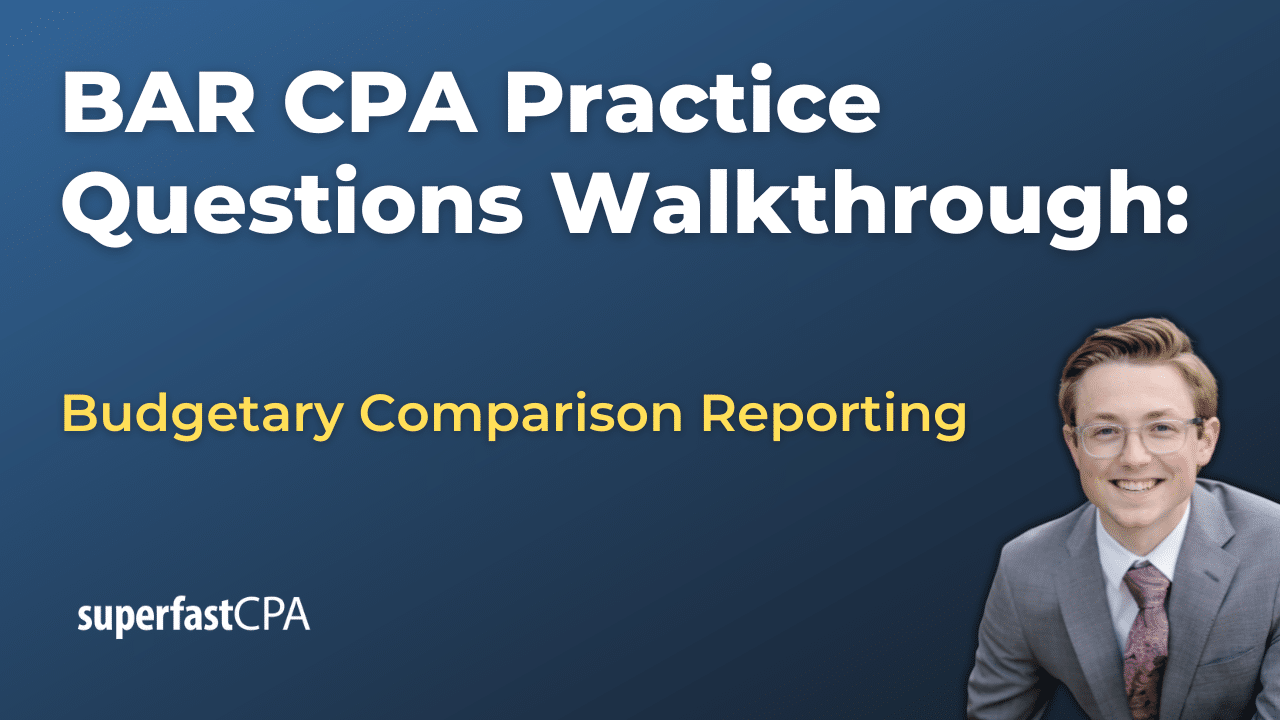Straight Line Depreciation
Straight Line Depreciation is a method used to allocate the cost of a tangible asset over its useful life in equal amounts. It’s one of the most commonly used and simplest methods of depreciation. This method assumes that the asset will lose its value evenly over time until it reaches the end of its useful life or its residual (salvage) value.
The formula to calculate straight-line depreciation is:
Annual Depreciation Expense = (Cost of Asset−Salvage Value) / Useful Life in Years
Where:
- Cost of Asset is the initial purchase price or value of the asset.
- Salvage Value (also known as residual value) is the estimated value of the asset at the end of its useful life.
- Useful Life in Years is the estimated number of years the asset will be productive or used by the business.
Once calculated, the same depreciation expense is recorded each year until the asset’s book value equals its salvage value.
Example of Straight Line Depreciation
Let’s consider a detailed example involving the straight-line depreciation of a piece of machinery.
Scenario: XYZ Manufacturing Company’s Machinery Purchase
XYZ Manufacturing Company buys a new machinery for its production line at a cost of $120,000. After thorough evaluation, they estimate the machinery will have a useful life of 10 years. At the end of its useful life, they expect to be able to sell it for scrap at a salvage value of $20,000.
To determine the annual depreciation using the straight-line method, we’d use the formula:
Annual Depreciation Expense = (Cost of Asset − Salvage Value) / Useful Life in Years
Calculation:
Annual Depreciation Expense = ($120,000 – $20,000) / 10
Annual Depreciation Expense = $100,000 / 10
Annual Depreciation Expense = $10,000
So, every year, XYZ Manufacturing Company would record a depreciation expense of $10,000 for this piece of machinery.
Depreciation Schedule:
| Year | Beginning Book Value | Depreciation Expense | Ending Book Value |
|---|---|---|---|
| 1 | $120,000 | $10,000 | $110,000 |
| 2 | $110,000 | $10,000 | $100,000 |
| 3 | $100,000 | $10,000 | $90,000 |
| … | … | … | … |
| 10 | $30,000 | $10,000 | $20,000 |
By the end of the 10th year, the machinery’s book value would be reduced to its salvage value of $20,000, as planned. Over the ten-year period, the total depreciation taken would be $100,000, which is the difference between the machinery’s initial cost and its salvage value.
This example showcases how the straight-line depreciation method spreads out the cost of an asset evenly over its useful life.


